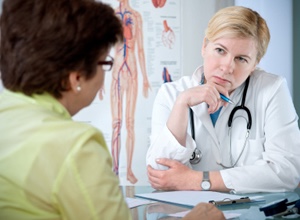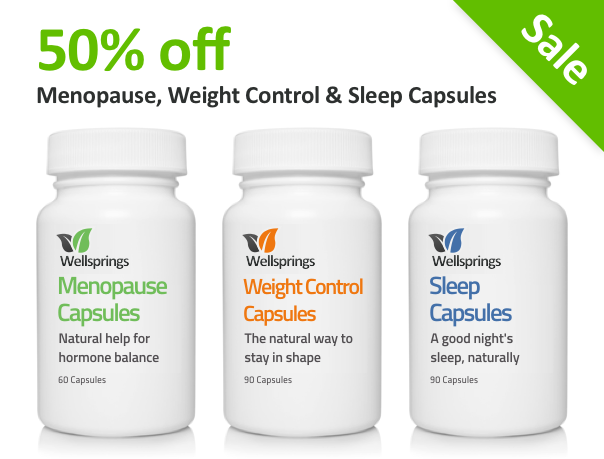7 Ways To Deal With Fibroids
The hormonal changes that occur at menopause, including oestrogen dominance, can increase the likelihood of fibroids developing, but there are some simple steps you can take to minimise your risk.

Fibroids are non-cancerous growths in the womb (uterus). They are common as women get near to menopause, and usually cause no symptoms.
You can’t see them, but fibroids make their presence known through a variety of symptoms including menstrual problems such as increased bleeding, anaemia, fatigue and dizziness.
Fibroids are caused by an imbalance between the hormones progesterone and oestrogen, where oestrogen is dominant – that is in excess and not balanced by progesterone as it should be.
The good news is that at menopause as oestrogen levels naturally fall most fibroids will shrink, but if you are very oestrogen dominant this does not happen.
If you suspect you may have fibroids, then first go and have a check up to make sure that is what you are suffering from as other conditions can produce some of the same symptoms.
If small, fibroids can often be treated naturally to shrink and eliminate them and the same steps can also help prevent their formation.
Self Help Steps:
Fibroids often accompany menopause, or perimenopause, but they are not inevitable and not all women will have them. Taking these simple steps can help prevent them and diminish their effect. After a check up with your doctor, there are some very simple things you can do to help yourself.
Step 1. Fibroids are a result of oestrogen dominance so reduce your oestrogen levels by rebalancing with bioidentical natural progesterone.
Synthetic hormones found in spermicides, HRT and the Coil or Pill can contribute to this imbalance so you are likely to be deficient in progesterone if you use any of these.
Step 2. Beans can hinder the growth of fibroids and though this may seem unlikely, we do know diet plays an important part in dealing with oestrogen dominance so specifically eat pinto, lima beans, black beans and kidney beans as often as you can.
Step 3. Dietary changes can make a big difference so cut down on meat and eat more fish. Particularly helpful are salmon, mackerel, tuna and cold-water fish as these help reduce inflamed tissues and fibroid irritation.
A good, natural, diet which avoids processed and junk/fast foods, saturated fats, sugar and bleached white flour and processed foods will also help as will cutting out alcohol and tobacco.
Step 4. Raw foods have a naturally high fibre content and digestive enzymes which help help break up, dissolve and remove fibrin so increase the amount of fruit and vegetables in your diet.
If you already have fibroids then you can help eliminate them by also taking 3-4 digestive enzyme tablets such as serrapeptase taken two or three times daily on an empty stomach.
Step 5. If stress is a factor in your life, and at menopause that is often the case, then this too will contribute to oestrogen dominance.
Stress affects you in two ways, first it depletes your progesterone levels and secondly causes a surge of oestrogen and this can make symptoms worse.
Step 6. Stress can also be responsible for an increase in weight due to comfort eating, and unfortunately will not help you tackle your fibroids.
You can find that simply losing weight may naturally begin to shrink fibroids.
Step 7. If fibroids are causing heavy bleeding, then make sure you are replacing the iron you are losing. There are some excellent herbal tonics which contain iron, but try to avoid iron tablets as these are hard to absorb and digest.
Helpful information:
Tackle your oestrogen dominance and take whatever self help measures you can to reduce or eliminate stress and you have a self-help plan to reduce fibroids.
Also, please check with your doctor the size of your fibroids, as treating smaller fibroids using progesterone (Serenity) certainly will help as you deal with oestrogen dominance, but when treating large fibroids no hormones should be used.
If you are not certain about whether you have fibroids or not, then the following article will be helpful.
https://anna.blog.wellsprings-health.com/could-you-have-fibroids-and-not-know-it/

















